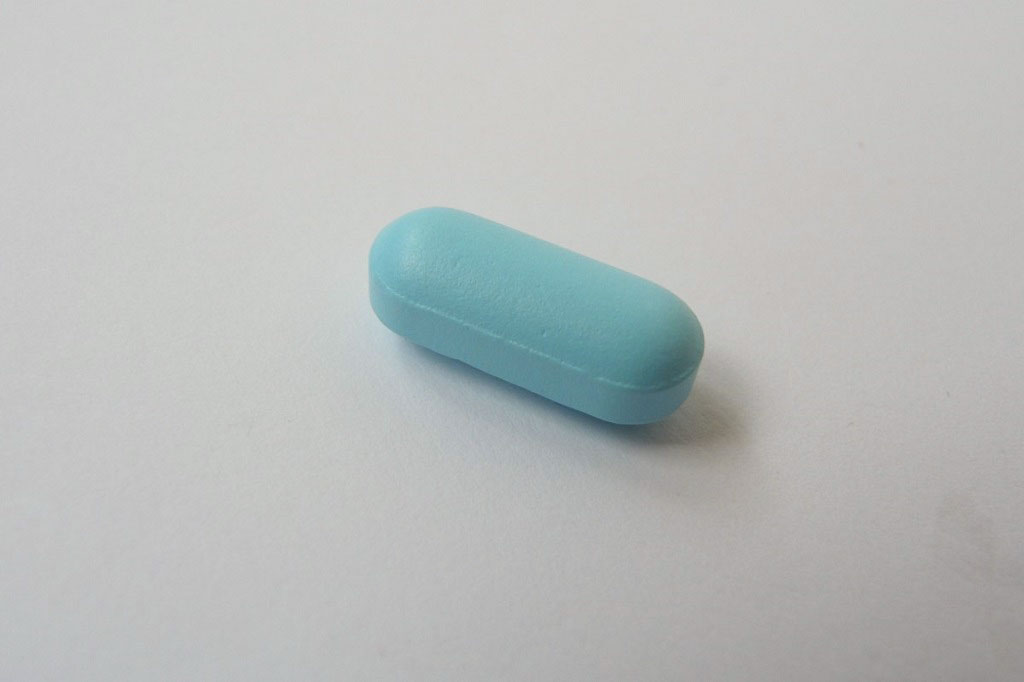Iron tablets may damage DNA
Heart and lungs
"Iron tablets taken by millions of people could damage the body within just 10 minutes," the Mail Online reports; somewhat over-dramatically. A study looking at cell samples in a lab, and not actual humans, did find some evidence of damage to DNA…
"Iron tablets taken by millions of people could damage the body within just 10 minutes," the Mail Online reports; somewhat over-dramatically.
A study looking at cell samples in a lab, and not actual humans, did find some evidence of damage to DNA. Whether this would lead to serious damage to the body is unproven.
Iron supplement tablets, taken by millions worldwide, are used to treat a range of conditions, such as blood loss caused by heavy periods or internal bleeding caused by stomach ulcers.
Lack of iron is known as iron deficiency anaemia. It's also very common for women to develop iron deficiency anaemia during pregnancy.
The study investigated an important question: do iron supplements, which are taken by millions, harm our blood vessels?
The results did suggest iron can induce a DNA damage response at a genetic level in isolated human endothelial cells – those than line our blood vessels.
However, the study only took the first tentative step to answering it by studying cells in the laboratory. So there is currently no reason for you to stop taking iron medication as prescribed and stopping could be harmful.
There has been some debate about whether the iron levels used in this study would be equivalent to those found in people taking prescribed iron tablets.
Studying the cells and blood vessel health of people taking a range of iron prescriptions for a range of reasons would be a useful next step for this area of research.
Where did the story come from?
The study was carried out by researchers from Imperial College London and was funded the Averil Macdonald Memorial Trust, the National Institute for Health Research, Imperial College Biomedical Research Centre; the British Heart Foundation and other donations from families and friends of hereditary hemorrhagic telangiectasia patients.
The study was published in the peer-reviewed science journal PLOS One on an open-access basis so you can read it for free online.
The Mail's coverage was factually accurate and included some highlighting of the pros and cons of the research; though arguably its headline overstated the implications of the study's results.
The first half of the article focused on what the study found and the potential concern for those taking iron supplements. The latter half talked about some of the limitations of the research, including the views of independent experts, who raised some concerns.
For example, Dr Claire Clarkin, lecturer in developmental biology, University of Southampton, was quoted as saying: "This is an early observation at a single cell level and more research is required to confirm if an entire blood vessel composed of many cell types behaves in the same way."
In a statement released by the Science Media Centre, Susan Fairweather-Tait, professor of mineral metabolism, University of East Anglia, stated: "Firstly, the dose of iron (10µmol/L) was too high, and secondly, the form of iron (Fe(II)citrate) does not represent the form found in non-transferrin bound iron (NTBI) in vivo [that is, not the type of iron endothelial cells are likely to encounter when taking iron tablets]".
What kind of research was this?
This was a laboratory study looking at the effect of iron on human endothelial cells that line blood vessels.
Millions of people a year are prescribed iron tablets to treat a low red blood cell count caused by low iron levels – called iron deficiency anaemia. So any suggestion that they might not be safe warrants attention and critical analysis.
Based on observations that people with a genetic disorder affecting their blood vessels – hereditary hemorrhagic telangiectasia – report more nose bleeds when taking iron tablets, the researchers thought iron might be damaging the endothelial cells lining blood vessels.
Isolating cells and studying them in a laboratory (in vitro) like this is appropriate for early investigation of a new theory – in this case – that iron tablets might be damaging blood vessels. But what happens in isolated cells in the laboratory is not necessarily the same as what happens in the body (in vivo), which is influenced by many other complex cellular interactions. So we shouldn't assume that findings in isolated cells give us an accurate picture of their natural behaviour inside the body – direct study of cells inside a living person would be needed for this.
What did the research involve?
The main experiments exposed human endothelial cells to 10µmol per litre of iron citrate and measured the cells' response at a genetic level through changes in RNA expression – the amount of different RNA molecules. RNA is a messenger molecule similar to DNA that acts as the instructions to carry out cellular processes.
Assessors of RNA changes were blinded to whether the cells had been exposed to iron (the intervention) or their normal growth media (the control group), increasing the objectivity of detecting changes due to iron.
The iron dose used (10µmol per litre of iron citrate) was described as a low dose in the study title but this was challenged by independent expert Susan Fairweather-Tait, who suggested it was much higher than you'd get taking prescribed iron tablets. She also suggested the type of iron – of which there are many – used in the study may not be the same as cells in the body would be exposed to if people were taking iron tablets.
The main analysis looked for differences in RNA molecules between cells exposed to iron and those that were not. The RNA changes were linked back to the function they instructed to be carried out in the cell – giving an idea of the non-genetic changes that might be going on.
What were the basic results?
The team found that endothelial cells exposed to iron had rapid changes in the RNA profiles not present in cells not exposed. And analysis of all the differentially expressed RNA suggested significant differences in biological processes as a result of iron exposure.
After an hour, changes in RNA due to iron were linked to transporting substances around the cell (vesicle transport), breaking down proteins, and cell division. This wasn't showing anything particularly special. But after six hours a lot of RNA involved in repairing DNA damage kicked in.
Further analysis suggested the iron initiated DNA damage within an hour, some within 10 minutes, followed by a lagging repair response.
How did the researchers interpret the results?
The study team said: "These data suggest that low dose iron treatments are sufficient to modify the vascular endothelium, and induce a DNA damage response."
Conclusion
This study showed that iron can induce a DNA damage response at a genetic level in isolated human endothelial cells in the laboratory.
The study was early stage and packed with limitations and questions needing answers through further research. So it is not close to the stage where doctors need to change their approach to prescribing iron supplements.
Similarly, this study is no reason to stop taking iron medication as prescribed, and stopping could be harmful. Keep calm and carry on.
The fact iron causes a DNA repair response does not necessarily mean it causes damage or disease. It may stress the cell out, but if the DNA repair works, the cell will be fine. Many things cause cells to be stressed – too much heat, too few nutrients, infection with microbes, natural cell ageing – but not all cause problems or disease. So the link between the iron-related genetic changes and cell damage, or wider blood vessel damage, is yet to be made.
There was also some debate about whether the iron levels used in this study would be equivalent to those found in people taking prescribed iron tablets, or were the same type of iron. And the fact people take many different doses of iron, for many different reasons, further complicates this picture.
Studying the cells and blood vessel health of people taking a range of iron prescriptions for a range of reasons would be a useful next step for this research area.
If you have been prescribed iron supplements then it is highly likely that their benefits, such as treating symptoms of tiredness and shortness of breath, far outweigh any potential risks.






 Subscribe
Subscribe Ask the doctor
Ask the doctor Rate this article
Rate this article Find products
Find products








